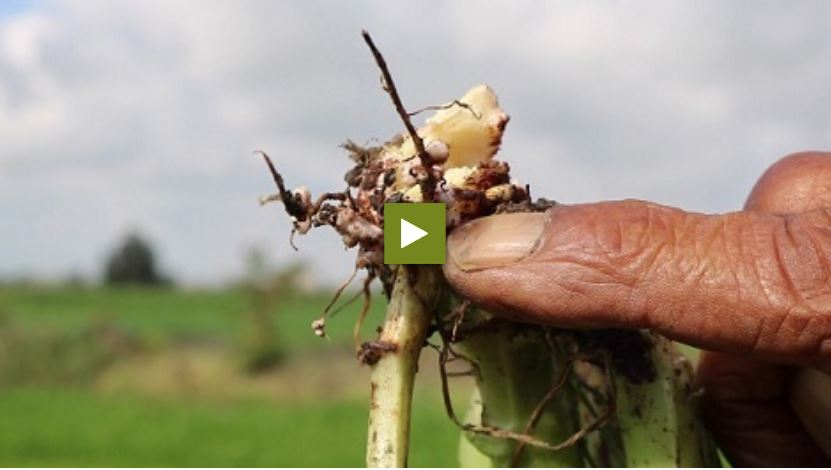»Crop rotation with legumes«
As fertility of the soils is important in crop production, it can be improved by the application of good agronomic practices.
When farmers grow cereals year after year, in the same field, it depletes the nutrients and the extensive and inappropriate use of agro-chemicals destroy the soil life. Crop rotation with legumes add nutrients to soil as they slowly release nitrogen into soil.
Crop rotation
Given the fact that legumes collaborate with bacteria in air to fix nitrogen in soils, to plant legumes one need to ensure that soils are suitable for them. Check for salt deposits on soil and inoculate seeds with rhizobium bacteria
Soak seeds in inoculant using sticky liquid and endeavor not to use tap water as chlorine kills the bacteria and never put too much sticky liquid to prevent rotting of seeds in soil. Continue by gradually adding inoculant powder over the seeds and coat them evenly.
Similarly, if not planted right a way, cover them and take them into a shade and plant seeds in 24 hours and irrigate soil well. 4-8 weeks later, at flowering, verify whether the rhizobium bacteria are active and this is done through uprooting 5-10 plants from different parts of field and check color inside the nodules.
Gently wash off soil from roots and slice open 2-3 nodules per plant. Bacteria is fixing nitrogen if inside of nodule is pink or red.



















